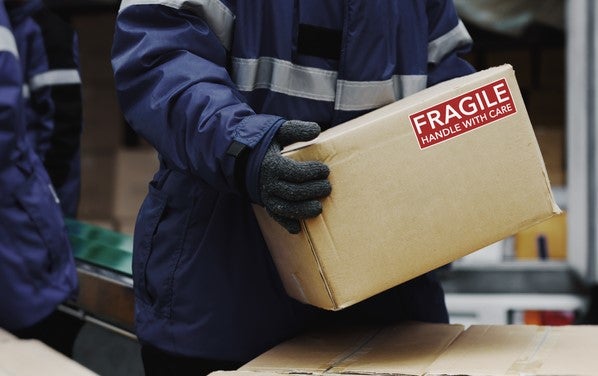
Using sensors to monitor shipments of temperature-sensitive medicines has been standard for years. Temperature data loggers, humidity monitors and door-opening sensors can all provide proof of what’s happened to a shipment when being transported from one location to another.
In doing so, they can show a consignment of life-saving treatments is safe to use and not compromised by a temperature deviation that could, at worst, have a disastrous impact on a patient’s life.
However, while it’s important to know a single delivery is secure, using the data collected by these monitoring devices in a piecemeal, case-by-case way is missing a huge opportunity. Just imagine the insights available from thousands of shipments. The trends it could show. The warnings it could provide and the best practice it could uncover. The value of data in this context could make a life-or-death difference.
Getting practical with data
In the tech industry, terms like big data and analytics get thrown around without much thought about what it means in practice. This can sometimes leave those in other sectors, such as pharmaceuticals or logistics, feeling a little unsure of where to start.
With this in mind, it’s important to explore exactly how data can improve cold-chain operations in practical terms rather than talking about the theory. Based on insight gained from downloading all metrics from all containers in Envirotainer’s fleet, there are some excellent examples of how specific measurements have sparked improvements.
Each container in this fleet had monitoring devices as standard. They were providing flight-by-flight information about individual shipments. Then, infrastructure was introduced to download this operational data from each of the containers after use.
How well do you really know your competitors?
Access the most comprehensive Company Profiles on the market, powered by GlobalData. Save hours of research. Gain competitive edge.

Thank you!
Your download email will arrive shortly
Not ready to buy yet? Download a free sample
We are confident about the unique quality of our Company Profiles. However, we want you to make the most beneficial decision for your business, so we offer a free sample that you can download by submitting the below form
By GlobalDataThis opened the door to a huge volume of information that would grow over time. It was possible to analyse large datasets, providing a better understanding of the cold chain and an opportunity to enhance the entire system.
The insights speak for themselves. For example, by monitoring cooling performance for a range of containers, it was possible to spot statistical outliers – that is to say, containers that while safe, could become less reliable unless attended to. This allowed for technical investigations to intervene early, and for the maintenance organisation to perform necessary procedures before any issues arose. The result? Potential temperature deviations could be avoided by taking pre-emptive action. What’s more, this study could detect manufacturing or batch issues should they occur.
Another project run by the University of Chicago looked at how the same fleet of containers performed depending on their use. In this instance, performance data was cross-referenced with other records such as location, external temperatures, and the time containers were exposed to them.
Armed with this insight, it was possible to see that the compressors in the containers (the cooling mechanisms similar to that of a fridge) faced more issues when they were placed in ambient temperatures outside their specified range for four hours. In fact, the difference was drastic.
Knowing this, the operational team was able to minimise the time containers were exposed to such extremes. The impact was even fewer problems with compressors and an increased number of safe shipments.

Continuous improvement
Over time, any business with this level of data insight can improve its analytical tools to find and anticipate challenges. This continuously enhances reliability through incremental improvement. And it all adds up to significantly boost outcomes over time. In fact, not using the data to look for any possible short-comings – however small – could be seen as a dereliction of duty.
The natural extension of this activity should be the use of AI and machine learning to spot what humans can’t. For this reason, students from the University of Chicago and the Royal Institute of Technology in Sweden are now applying these methods to growing cold-chain datasets. This has allowed the industry to further explore performance analytics and reduce issues.
Doing so has never been more important. Treatments need to reach patients around the world in perfect condition. The complexity of achieving this in a world where air cargo space is limited, and costs are sky high is increasing. Temperature deviations in the pharmaceutical cold-chain must be kept to a minimum and data provides the power to achieve it.
Now is the time for all companies to consider their use of data to ensure even better control within a safer pharmaceutical cold-chain. The statistics should be readily available from container manufacturers across the sector. It can make a crucial difference.






Related Company Profiles
Envirotainer AB